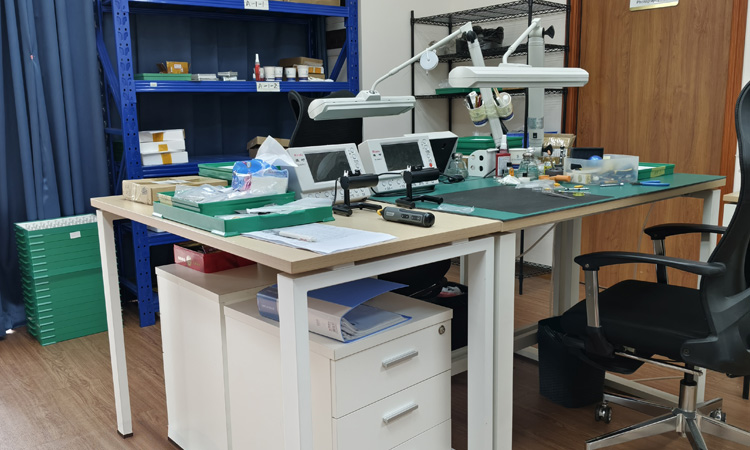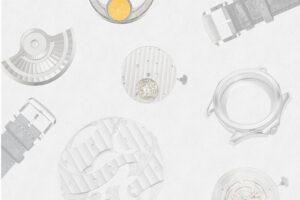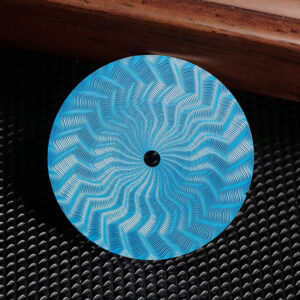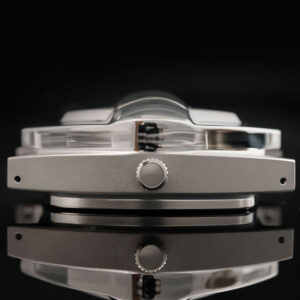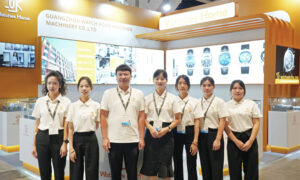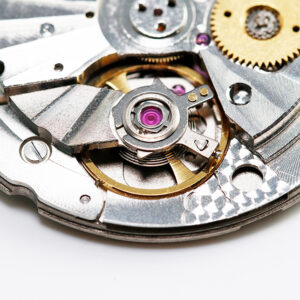Accuracy Standards in Mechanical Watches: Industry Benchmarks
Introduction: Concepts, Importance & Search Intent
In watchmaking, accuracy refers to how closely a timepiece’s rate (seconds gained or lost per day) aligns with a reference time, whereas precision indicates consistency in repeated measurements. A common question among enthusiasts is: how accurate are mechanical watches?
Because mechanical watches are subject to many influences—temperature, positional variance, magnetic fields, lubrication state, wear over time—what a brand claims and what a user experiences often differ. This article explores:
-
Industry benchmarks and certification standards
-
Real-world accuracy expectations
-
Methods for measuring and maintaining accuracy
-
Advances affecting future standards
The goal: equip you with a technical, grounded framework for evaluating accuracy claims in mechanical watches.
Industry Accuracy Benchmarks & Certification Standards
COSC Standard: Process, Criteria & Constraints
The COSC (Contrôle Officiel Suisse des Chronomètres) is the most widely known chronometer certification body. It operates under criteria based on ISO 3159 for mechanical watches. cosc.swiss
-
Testing lasts 15 days.
-
Movements are tested in five positions (e.g. dial up, dial down, crown left, crown right, crown up) and three temperatures (8 °C, 23 °C, 38 °C).
-
The allowable average daily rate is −4 to +6 seconds/day.
However, COSC tests the uncased movement (i.e. without the watch being fully assembled), so effects from the case, dial, hands, magnetic shielding, and final assembly are not included.
METAS / Master Chronometer & “Super-COSC” Initiatives
Recognizing real-world demands like magnetism and full-case influences, METAS (Swiss Federal Institute of Metrology) certifications impose stricter testing:
-
Tests the fully assembled watch, not only the movement.
-
Includes anti-magnetism (up to 15,000 gauss), power reserve accuracy, and accuracy across different states of winding.
-
Master Chronometer certification typically requires 0 to +5 seconds/day tolerance.
In 2025, COSC announced it plans to tighten its standards by introducing Super-COSC (from 2026). Under Super-COSC, allowable deviation may be halved, and testing will involve the fully cased watch (not just movement), plus more stringent magnetism and power reserve performance checks. COSC’ standard
Certain high-end brands also apply internal standards above COSC. For example, Rolex’s Superlative Chronometer demands −2 to +2 seconds/day after COSC certification.
Manufacturer / Movement Grade Standards
Watch movement manufacturers often tier their calibers (e.g. Standard, Elaboré, Top, Chronometer) with differing allowable tolerances. For example, ETA’s elaboré grade may be rated at ±5 sec/day, while chronometer grade meets the −4/+6 sec/day standard. Wikipedia
Grand Seiko, in its product literature, sometimes cites “mean daily rate” tolerances of −1 to +8 seconds/day as their standard operating window. (This is for their finished, regulated movements).
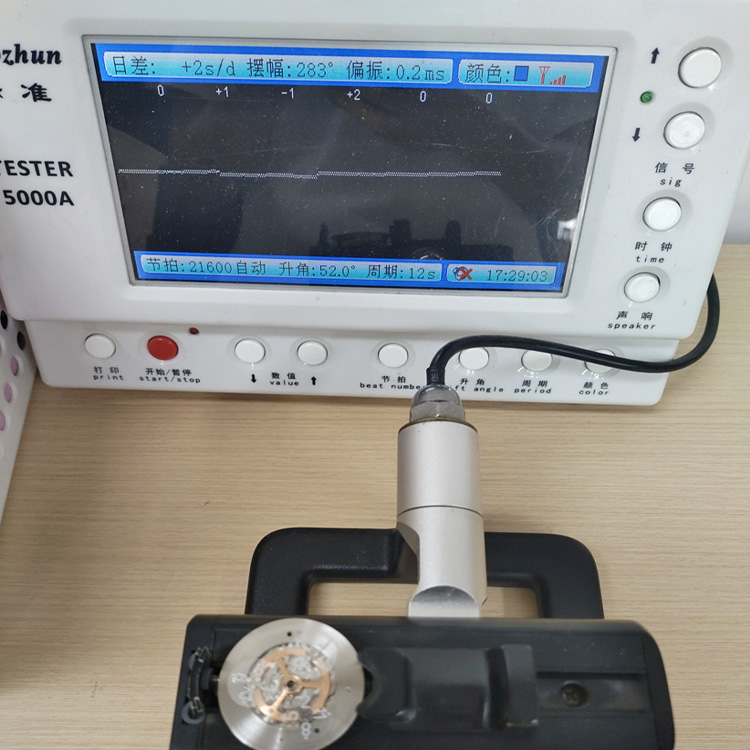
Real-World Accuracy: What Users Actually Get
Common Accuracy Ranges for Regular Mechanical Watches
In practice, non-chronometer mechanical watches commonly exhibit ±5 seconds/day in early life. Some may deviate to ±10 seconds/day, especially for entry-level or unregulated movements. Watcheshome notes that ±10 s/d is a familiar real-world range. watcheshome watch
Over time, due to wear, lubrication breakdown, and external influences, deviations tend to drift. COSC itself acknowledges that accuracy declines over time if not serviced.
Influencing Factors on Accuracy
Several technical and environmental factors affect mechanical watch accuracy:
-
Temperature: materials expand/contract, altering oscillation period.
-
Positional variation: gravitational errors vary by orientation (face up, crown down, etc.).
-
Magnetic fields: even small magnetic influence can disturb balance or hairspring.
-
Shock / vibration: sudden movement or impact can disturb regulation.
-
Lubrication and friction: as oil degrades or friction increases, rate stability suffers.
-
Power reserve state: torque is more stable when mainspring is midway; at extremes (fully wound or nearly depleted), rate may vary more.
-
Wear vs static: a wrist-worn watch experiences dynamic motion and positional changes that can amplify error vs static test.
Each of these is well-documented in horological literature and testing reviews.
Drift Over Time & Importance of Servicing
Even certified movements, like those tested by COSC, require periodic maintenance. watcheshome reports that certified watches will gradually lose precision, and only servicing can restore or refine accuracy. watcheshome
Standard practice: mechanical watches should be serviced every 3–5 years, with cleaning, re-oiling, and regulation to bring them back into tighter tolerance.
Measuring Accuracy: Methods, Metrics & Practices
“Seconds Per Day” Definition & Measurement Methods
The typical metric is seconds gained/lost per day. Testing may be:
-
Static: watch placed in fixed positions under controlled temperatures
-
Dynamic: measured while worn over multiple days
-
Measurements across multiple positions and states allow a more complete accuracy profile.
COSC’s methodology involves averaging across days, positions, and temperature intervals.
Instruments & Timing Devices Used
-
Timegrapher: gives instantaneous rate, beat error, amplitude in each position.
-
Reference clocks / atomic time sources: comparing watch time against precise standard (e.g. NIST, GPS-synchronized time).
-
COSC uses two independent atomic clocks as references when testing movements. Time+Tide Watches
Test vs Daily Use Discrepancies
Controlled tests occur in ideal conditions, but real life introduces variables: temperature swings, motion, magnetic interference, vibration. A watch that passes COSC tests can still deviate in daily wear. Therefore, users are often encouraged to log daily time error over a week or more to understand their watch’s behavior.
Advances & Future Trends in Accuracy Standards
High-Beat Movements & Advanced Materials
Higher oscillator frequencies (e.g. 36,000 vph or above) can improve stability by reducing the effect of disturbances per oscillation cycle. Many brands are using silicon / silicon-alloy hairsprings, anti-magnetic materials, and complex coating techniques to reduce thermal, magnetic, and positional errors.
New Standards & Market Evolution
With the COSC introducing Super-COSC in 2026, its tolerance may shrink and testing will emphasize full-case behavior and magnetic resistance.
Brands may increasingly rely on internal standards beyond COSC—Rolex’s −2/+2 s/d, Grand Seiko’s tighter finishing regulation, etc.—to differentiate. Watchaffinity+1
Adaptive / Compensating Technologies
Some high-end movements now include mild self-compensating features (thermocompensation, torque balancing) or adaptive regulation mechanisms. While still rare, these innovations hint at how mechanical accuracy may push closer to quartz benchmarks in practical wear.
Conclusion: Setting Expectations & Strategy
When asked how accurate are mechanical watches, it’s useful to think in tiers:
-
Certified chronometers (COSC): −4/+6 s/d under test conditions.
-
Advantaged certified standards (METAS, Super-COSC): tighter bounds (e.g., 0 to +5 s/d or stricter).
-
Typical non-certified models: ±5 s/d is common, ±10 s/d still acceptable; deviations increase with use and age.
To approach best results:
-
Choose watches with credible certification and transparent claims.
-
Consider caliber grade (movement manufacturer tiers) and finished regulation by brand.
-
Service regularly, avoid magnetism and shocks, maintain stable wearing conditions.
-
For high-accuracy needs, monitor performance data (via timegrapher or reference clocks) and correct periodically.

